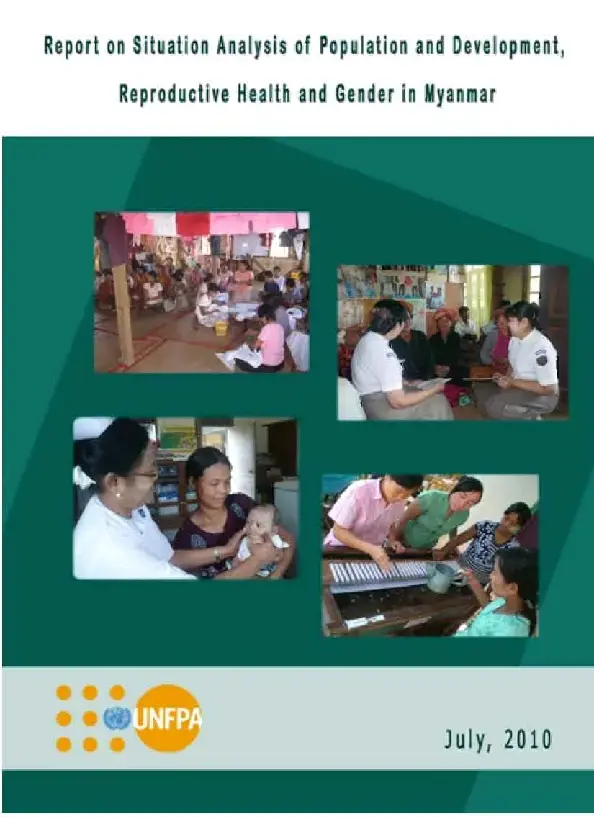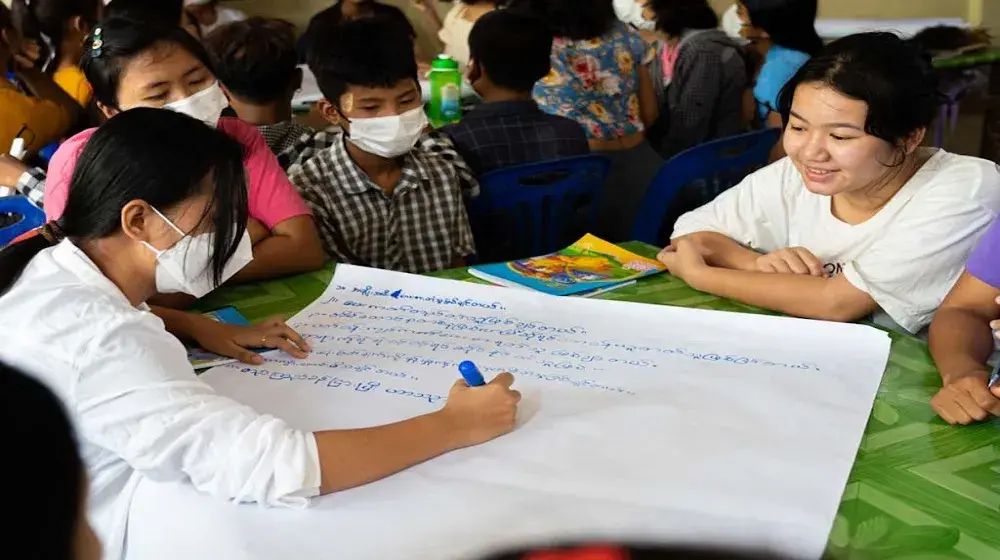UNFPA Myanmar supported and organized an independent situation analysis for population and development, reproductive health and gender in Myanmar. A participatory approach was used in coordination and consultation with the UNFPA country office in Myanmar as well as UNFPA’s Asia Pacific Regional Office. Inputs were made by implementing partners and stakeholders such as MOH, MNPED, MOIP, MOSWRR, UN agencies including WHO, UNICEF, UNDP, UNAIDS, IOM & UNIAP, as well as various INGOs and NGOs. It was undertaken from July 2009 to July 2010.
Objectives of the Situation Analysis
The objectives of the Situation Analysis (SA) are as follows:
- Guide to development of UNFPA’s programme of assistance and other programmes
- Inputs for reviewing progress in achieving the Millennium Development Goals (MDGs) and ICPD Programme of Action, as well as other international conferences and conventions
- Inputs for formulation of population policy, directives and plans
- Basis for resource allocation, coordination and partnerships in the field of population, reproductive health and gender
The Situation Analysis has identified critical national needs and priorities in population and development, reproductive health and gender. It contains analysis using causal analysis, stakeholder analysis and capacity analysis, and it includes strategic recommendations for policies, strategies, plans and programmes. In addition, the SA contains recommendations on the roles and responsibilities of various stakeholders (government, NGOs, UN, donors) in order to achieve productive partnerships and external cooperation. This SA was conducted to identify gaps and develop strategic recommendations, which will feed into the UN strategic framework and to the various UN agencies’ programming.




